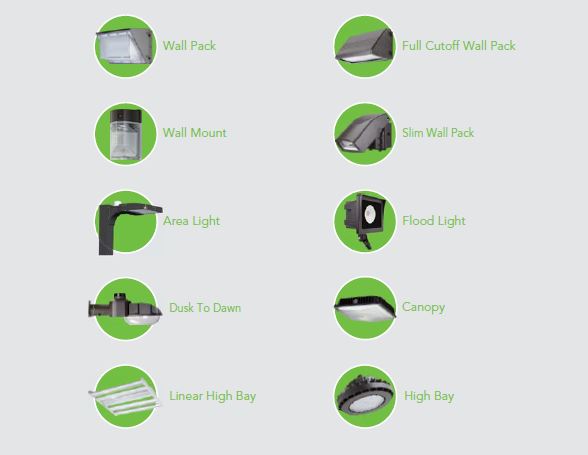
The long life and energy efficiency of Light Emitting Diodes (LEDs) has sparked excitement from consumers, manufacturers, and energy conservation groups. In fact, the US Department of Energy predicts that by gradually switching to LEDS over the next 20 years, the nation could save around $250 billion in energy costs and cut our lighting electricity consumption by half. That’s a big deal!
As LED technology continues to evolve, so too grows the efficiency and lifespans of LED lamps. Because LEDs have such long lives (estimated at 35,000 to 100,000 hours), it’s rather challenging to measure precisely how long they really do last — few groups have the patience or resources to measure an LED in various environments for 5 or more years. However, the National Institute of Standards and Technology (NIST) is currently working on such a project.
So, how do we measure service life of LED systems? Well, to understand the process, it helps to know how lamp life is measured in traditional bulbs…
Measuring Life of Conventional Bulbs
The lighting industry uses the term ‘Average Rated Life’ or ARL when describing how long it takes for 50% of lamps in a particular test batch to fail. For instance, if 100 fluorescent bulbs are tested and 50 bulbs die after 10,000 hours then that type of bulb has an ARL of 10,000 hours. Although some bulbs may have failed before or after that mark, 10,000 hours was the point where 50% had died, so it becomes the ARL.
Traditional lights, such as incandescent, fluorescents, and HIDs have all been used for many decades and their various modes of failure (burned filaments, cathode burnout, electrode wear, etc.) are highly predictable. Thus, even when a new lamp comes on the market, those in the industry can accurately estimate its service life by referencing accepted statistical projections.
However, LEDs turned this whole measuring process on its head. This is because they do not have a consistent type of failure and never really burn out but simply become dim.
LED Life is Gauged by Lumen Depreciation
Without a predictable failure point, manufacturers decided to define LED life as the amount of time it takes for the light to fade to a certain percentage of its original strength. This designation is represented by the letter ‘L’ followed by a set of numbers such as:
L70 = time to 70% of original light output. There are other ratings, but this is the most common rating and is universally accepted as the standard to measuring LED life.
Still, even these numbers are highly variable depending on how and where the LED was operated. Things that may influence the LED’s life are junction temperature, operating current, the type of luminaire and the quality of the material used. These differences make defining a LED’s service life even more challenging, since the lamp’s environment can drastically influence its lifespan.
Put simply, we can’t determine the service life of an LED without considering its housing and application. This is the major reason why the NIST is conducting their LED study. They are monitoring LEDs in various scenarios with the goal of uncovering a reliable method of projecting how long LEDs will last.
Getting the Most Out of Your LED
Uncertainties aside, given the right conditions, we do know that LEDs have the potential to far out last conventional lamps. For example, compare the typical lifespans of common lamps:
Incandescent = 750 to 1,000 hours
Halogen = 2,000 to 3,000 hours
Metal Halide = 7,500 to 10,000 hours
Fluorescent = 15, 000 to 20,000 hours
Mercury Vapor = 16,000 to 24,000 hours
High Pressure Sodium = 15,000 to 25,000 hours
High Power LEDs =35,000 to 100,000 hours
Some things you can do to get the maximum life from your LEDs are to buy products that use high quality LED chips and a quality heat sink that properly dissipates heat away from the LED. Although quality LEDs which assist in reducing heat may cost extra, you’ll find you get much more service life for your money. Also, fluctuations in supply currents can shorten an LED’s life, but again, a high grade bulb should eliminate this problem.
Although the lighting industry is still learning about the efficiency of LEDs, what we currently know holds real promise for major energy savings in the future. And while the LED bulb you pick off the store shelf may not entirely live up to its 100,000 hour rating, it will certainly outperform most traditional bulbs.
